Separation / Isolation
1. Fractional Distillation
This technique separates components based on their boiling points. As different compounds have different boiling points, they can be evaporated and condensed separately.

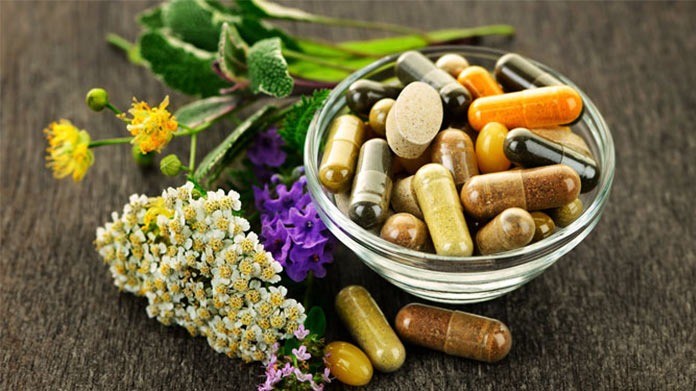
2. Chromatography
Various chromatographic techniques such as gas chromatography (GC) or high-performance liquid chromatography (HPLC) can be used to separate and analyze bioactive compounds based on their affinity for the stationary phase.
3. Filtration
Filtration methods such as vacuum filtration or membrane filtration can be used to separate larger particles from the oleoresins and bioactive compounds.
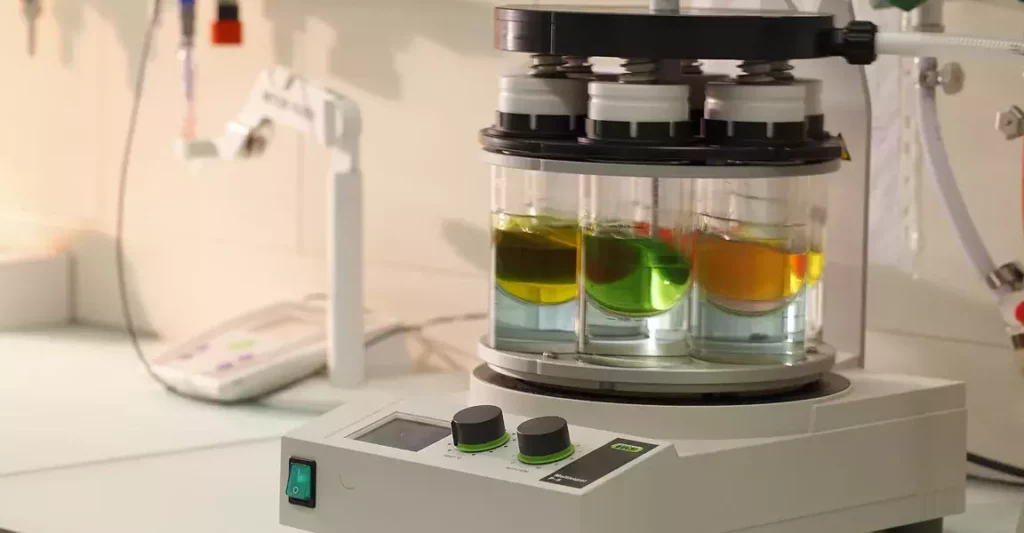
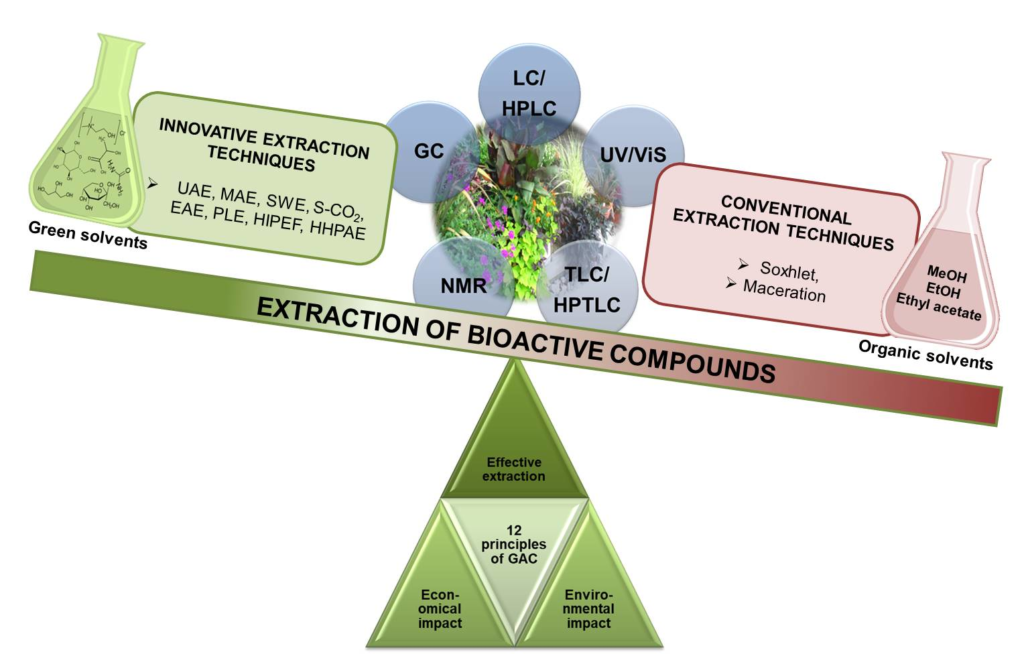
4. Crystallization
This technique involves cooling a solution of oleoresins and bioactive compounds to induce crystallization, separating the solid crystals from the liquid.
5. Centrifugation
Centrifugation can be used to separate components based on their density differences. Higher density components, such as solids or heavier compounds, settle at the bottom while lighter components remain in the supernatant.
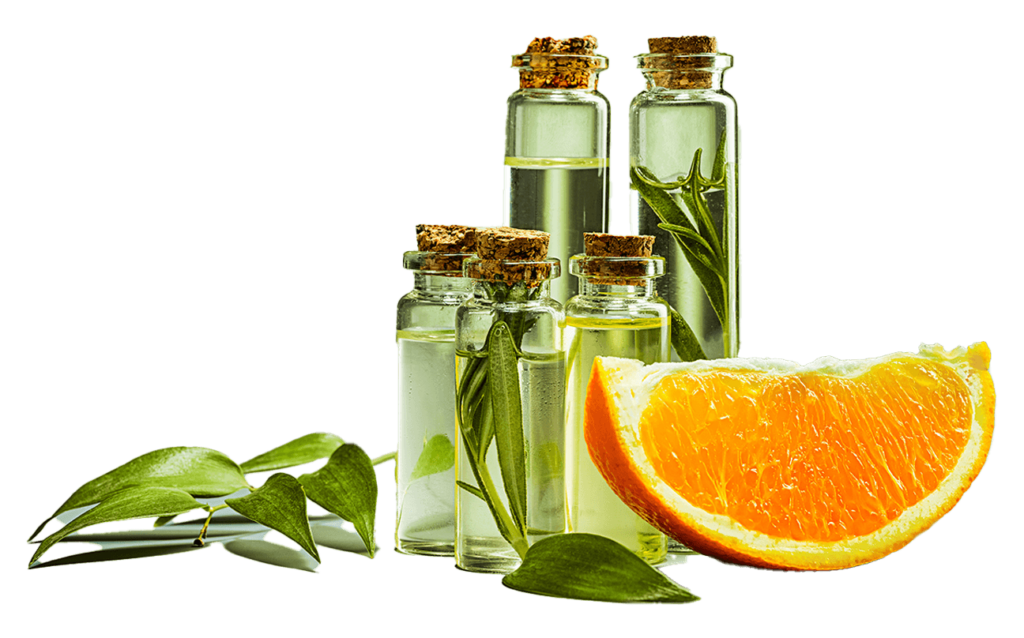
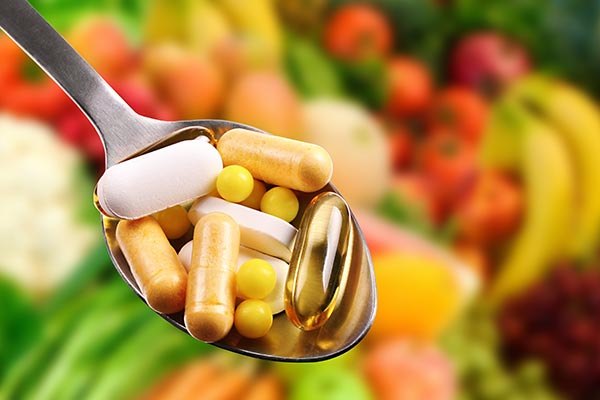
6. Precipitation
By altering the solubility of specific compounds in the solution, precipitation can be induced, leading to the separation of target compounds from the rest of the mixture.
Purification

Recrystallization
This involves dissolving the crude oleoresin or bioactive compounds in a suitable solvent and then allowing it to cool slowly, causing the desired compound to crystallize out in a purer form.

Distillation
Further distillation may be performed to remove impurities and refine the separation of specific compounds.

Fractional Distillation
Adsorbent materials can be used to selectively adsorb certain compounds, allowing for their separation from the rest of the mixture.
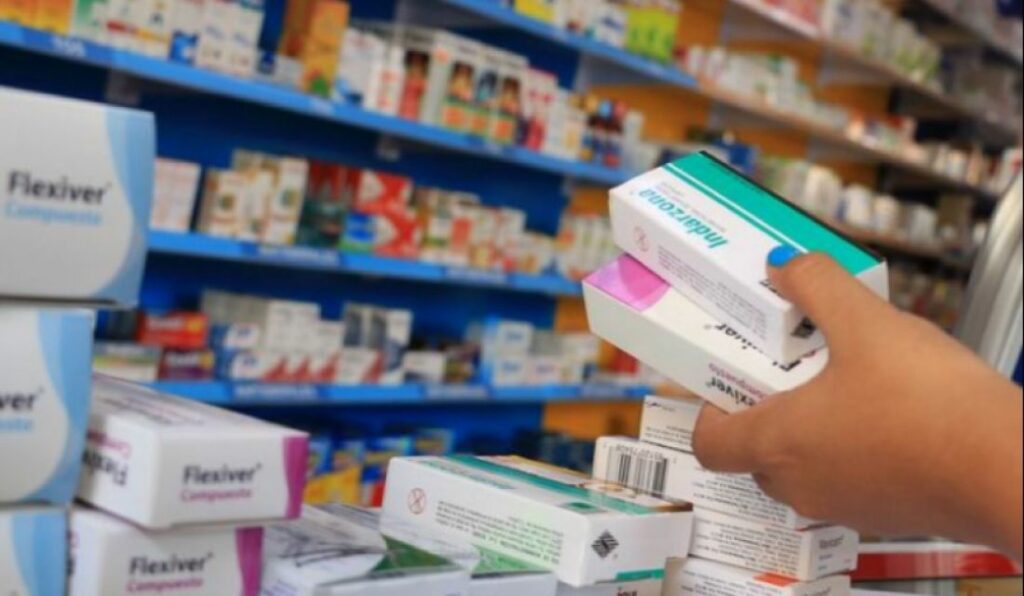
Reversed-phase Chromatography
This chromatographic technique separates compounds based on their hydrophobicity, allowing for further purification of specific bioactive compounds.
Bioactivity
Here’s a list of bioactive compounds commonly found in the listed Indian plant-based nutraceuticals:
Turmeric (Curcumin): Curcuminoids (curcumin, demethoxycurcumin, bisdemethoxycurcumin), turmerones, ar-turmerone.
Ashwagandha: Withanolides (withaferin A, withanolide A), alkaloids (somniferine), sitoindosides, flavonoids.
Amla (Indian Gooseberry): Vitamin C (ascorbic acid), tannins, flavonoids (quercetin, kaempferol), ellagic acid.
Brahmi (Bacopa monnieri): Bacosides (bacoside A, bacoside B), alkaloids (brahmine, herpestine), saponins, flavonoids.
Garcinia Cambogia: Hydroxycitric acid (HCA), xanthones (garcinone, mangostin), flavonoids, polyphenols.
Moringa: Isothiocyanates (glucosinolates), flavonoids (quercetin, kaempferol), phenolic acids, vitamins (A, C, E).
Neem: Azadirachtin, nimbin, nimbidin, nimbinin, quercetin, beta-sitosterol.
Tulsi (Holy Basil): Eugenol, rosmarinic acid, ursolic acid, oleanolic acid, flavonoids (orientin, vicenin).
Triphala: Tannins, gallic acid, ellagic acid, flavonoids (quercetin, kaempferol), chebulinic acid.
Shatavari: Saponins (shatavarins), flavonoids (quercetin, kaempferol), alkaloids, steroidal glycosides.
Fenugreek: Saponins (diosgenin), alkaloids (trigonelline), flavonoids, coumarins, trigonelline.
Ginger: Gingerol, shogaol, paradol, zingerone, beta-carotene, gingerdiol.
Cinnamon: Cinnamaldehyde, cinnamic acid, eugenol, coumarin, catechins.
Cardamom: Eucalyptol, linalool, terpinene, terpinyl acetate, limonene.
Licorice (Mulethi): Glycyrrhizin, flavonoids (liquiritin, liquiritigenin), glabridin, isoliquiritigenin.
Saffron: Crocin, safranal, picrocrocin, crocetin, flavonoids (kaempferol, quercetin).
Spirulina: Phycocyanin, chlorophyll, beta-carotene, gamma-linolenic acid (GLA), zeaxanthin.
Gotu Kola (Centella asiatica): Triterpenoids (asiaticoside, madecassoside), asiatic acid, madecassic acid, flavonoids.
Haritaki: Chebulinic acid, ellagic acid, gallic acid, tannins, flavonoids.
Bibhitaki: Gallic acid, ellagic acid, chebulinic acid, tannins, flavonoids.
Bitter Melon (Karela): Charantin, momordicin, cucurbitacin, vicine, polypeptide-p.
Bael (Wood Apple): Flavonoids (rutin), tannins, beta-carotene, lupeol, umbelliferone.
Jamun (Indian Blackberry): Anthocyanins (delphinidin, cyanidin), ellagic acid, quercetin, beta-carotene.
Punarnava: Flavonoids (kaempferol, quercetin), alkaloids (punarnavine, boerhavine), steroids.
Shilajit: Fulvic acid, humic acid, dibenzo-alpha-pyrones, dibenzo-alpha-pyrone chromoproteins.
Bhringraj: Ecliptal, wedelolactone, demethylwedelolactone, desmethylwogonin, wedelolactone glucuronide.
Arjuna: Arjunolic acid, arjunetin, ellagic acid, flavonoids, tannins.
Giloy (Tinospora cordifolia): Tinosporin, tinosporaside, berberine, giloin, cordifolide.
Guggul: Guggulsterones (E and Z), guggulipid, myrrhanol, beta-sitosterol, quercetin.
Vidanga: Alkaloids (embelin), flavonoids (quercetin, kaempferol), coumarins, tannins.
These bioactive compounds contribute to the therapeutic properties of various plant-based medicines and supplements used in phyto-pharmacy. Their diverse pharmacological effects make them valuable components of herbal formulations targeting various health conditions.
Purification
Turmeric (Curcumin):
Turmeric (Curcumin): Curcuminoids (curcumin, demethoxycurcumin, bisdemethoxycurcumin), turmerones, ar-turmerone.
Precipitation
Ashwagandha: Withanolides (withaferin A, withanolide A), alkaloids (somniferine), sitoindosides, flavonoids.
Filtration
Amla (Indian Gooseberry): Vitamin C (ascorbic acid), tannins, flavonoids (quercetin, kaempferol), ellagic acid.
Filtration
Brahmi (Bacopa monnieri): Bacosides (bacoside A, bacoside B), alkaloids (brahmine, herpestine), saponins, flavonoids.
Contact us today to learn more about how we can support your journey
Whether you’re a startup exploring opportunities in the nutraceuticals sector or an established player seeking to enhance your product portfolio, Amay Design Solutions is your trusted partner for success.

